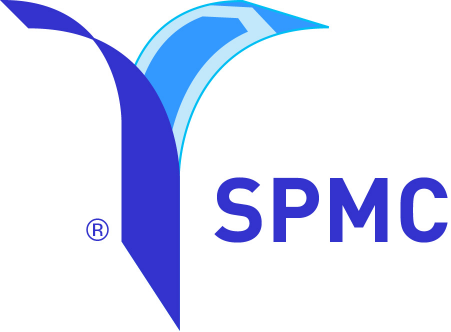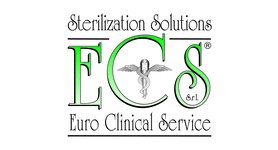- What factors could compromise pack sterility: size, shape, weight, physical configuration, chemical content…?
- How many products are in a pack? How many packs will be in a production run? How many packs do I except to sell in a year?
- What sterilisation method will be used? Might the package be subjected to more than one type of sterilisation?
- What method of delivery at point of use is required? Are there factors at the point of delivery that may affect the method of delivery?
- What is the distribution channel (Local? National? Continental? Global? Environmentally controlled? Cold chain?)
All these questions will help determine not just the choice of materials but also the type of equipment required to pack on.
While smaller volume products or those devices which are delicate or hard to handle could be packed manually usually by using a table top pouch or tray sealer, equipment automation can be interesting for larger volumes.
Machines for primary packaging can be divided into 5 categories:
FFS is an in-line thermoforming system. Open cavities are created from flexible or rigid materials, depending on the amount of protection the device needs. Product is then loaded and the packs are then sealed and separated with cutters. Additional accessories could include labelling or printing equipment to allow full product traceability. FFS is usually better suited to high volume manufacturing of 3D products.
Flowwrap takes a roll of film, folds and seals it into a tube into which the device is inserted. Both ends of the pack are sealed with the product inside. Recent developments allow the integration of a breathable strip into the pack, so allowing it to be used for ETO sterilization. The process can be faster than FFS but offers less protection.
4SS uses two compatible films or webs and seals them together with the product encapsulated between them. The sealing can be intermittent or constant (rotary) depending on its design but the latter is usually faster. The finished pack can be considered 2D in shape so it only suitable to failry flat products such as woundcare products and some drapes or electrodes.
Tray sealers are designed to heat seal a non-woven polyolefin material or medical paper to the top of a preformed tray. They vary in size from benchtop to fully automated and so have applications from clinical trials through to full production. Like FFS, tray sealers require product specific tooling to operate correctly and provide a validatable system.
Heat sealers are smaller machines used to seal pouches, reels or bags made of two layers of heat sealable materials. There are different types of heat sealers:
Continuous heat sealers (also known as band or rotary sealers) utilize moving bands over heating elements and pressure rolls with a constant speed (dwell).
Impulse bar sealers have heating wires (one or two) of nichrome placed between a synthetic rubber and a release surface of film or fabric (mostly PTFE). The heating elements are not continuously heated, heat is generated only when current flows. When the materials are placed in the heat sealer, they are held in place by pressure. An electric current heats the heating element for a specified time (dwell) to create the required temperature.
Hot bar sealers have heated tooling kept at a constant temperature. They use one or more heated bars or dies which contact the material with a constant pressure and for a specified time to heat the interface and form a seal.
Seals are a result of the process parameters temperature, pressure and dwell time. According to the standard ISO 11607-2 the process parameters have to be monitored and in case of parameter deviations the process has to be interrupted and/or the user has to be alarmed. See relevant test methods.




































